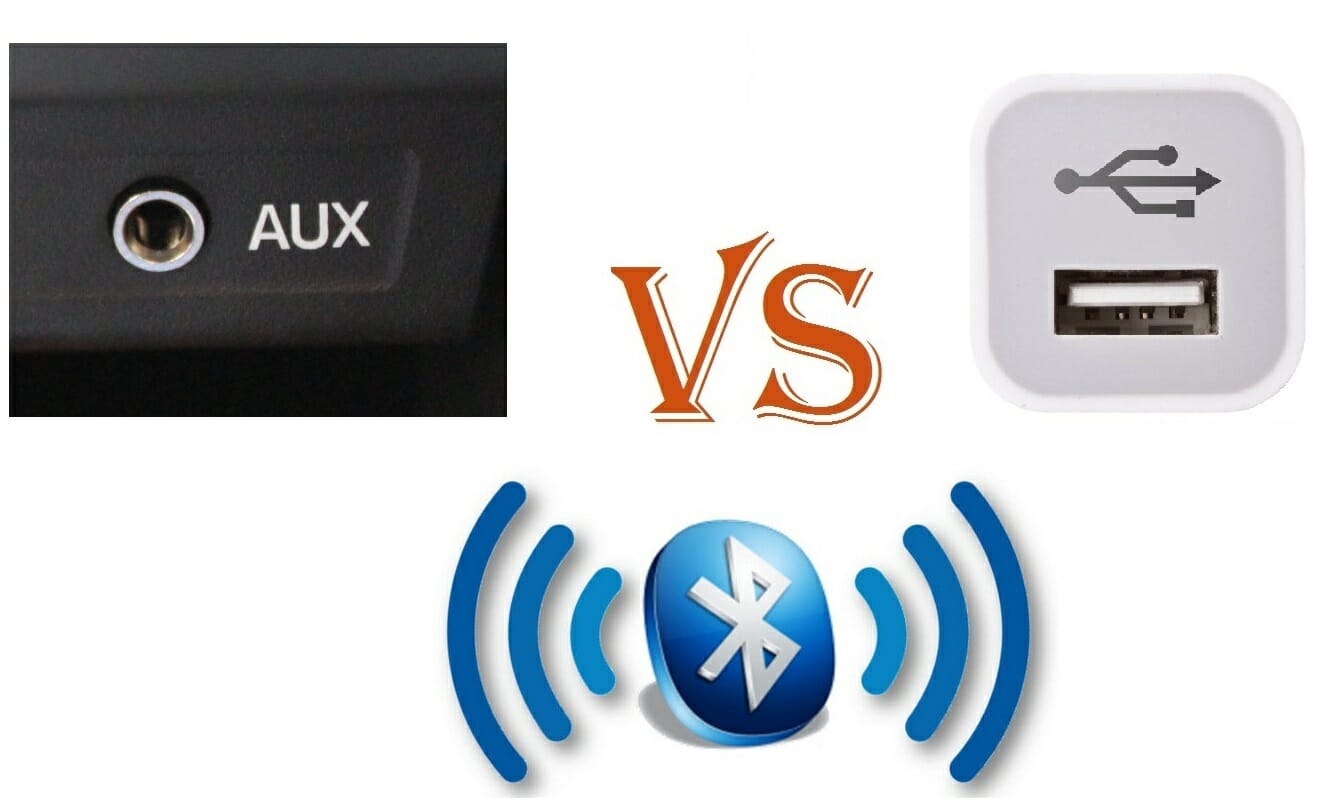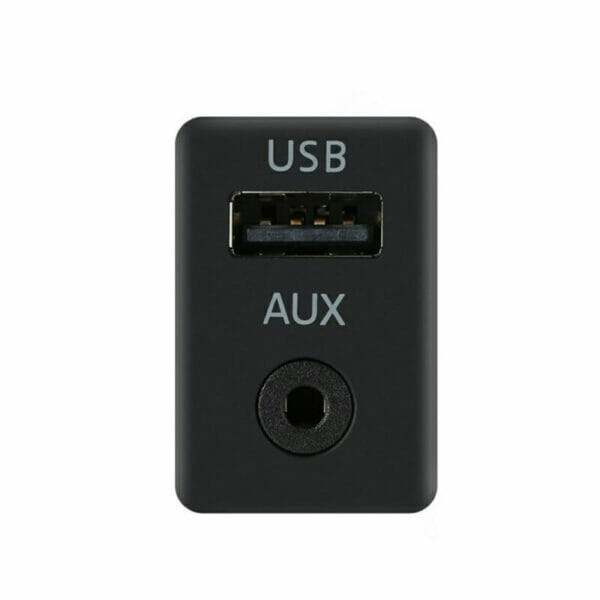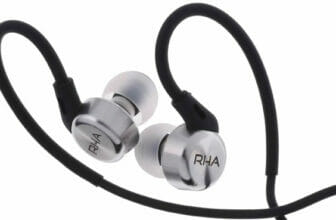
We live in a time where listening to music in our car has become easier than ever. With compact discs or CDs on the brink of extinction, most factory head units nowadays are coming standard with features like Aux and USB and some come even with Bluetooth hands-free calling and music playback. The argument of which is better had been around ever since the evolution of digital media took over the audio world.
So to find out which is better for playing your music, let us understand the technical side of the story first.
Say you are using an iPhone as your music source which obviously gives you the option of playing music through the headphone jack, Bluetooth and USB (Assuming the head unit supports Direct iPod Control otherwise a USB thumb drive would do).
The music files are digitally stored on your phone and in order for them to finally reach the speaker, be it a headphone or car speaker, they need to be converted into an analog signal which happens with the help of a little device called DAC ( Digital to Analog Converter present in your mobile device and head unit ).
Aux vs USB

An Aux ( or Auxiliary) connection found on a mobile phone or head unit is a 3.5mm jack, which is the same type of connection that you see on headphones and earbuds. The technical term for this type of aux connection is TRS, or TRRS, which stands for Tip, Ring, Sleeve and Tip, Ring, Ring, Sleeve, respectively.
An Auxiliary connection does not have a DAC of its own. In other words, there is no audio signal compression involved in the process of sending it to your stereo.
Instead, the signal is first converted into an analog audio signal using the phone’s own DAC and then it’s transmitted to your car’s head unit through the Aux wire in the exact same way as when you plug-in a set of headphones. So the signal that your stereo receives is exactly the same signal that your iPhone is creating.
So which one is better?
The main difference between a USB and an Auxiliary connection (aux) is that one sends unprocessed digital data to the head unit, and the latter sends a processed, analog audio signal.
What’s good about an Aux connection is that it is a direct delivery of the signal from the source to the car stereo, without any unnecessary electronic manipulations.
On the contrary, the main drawback of connecting an auxiliary cable is that the phone does all the heavy lifting of processing and converting the signal from digital to analog. It then transmits the resulting audio signal via the headphone jack to the aux input in the head unit.
Mobile phones or any portable music device for that matter are designed with earbuds and headphones in mind, earbuds are small and unpowered, whereas even the simplest car stereo system has a larger amplifier, whether it’s a separate unit or built into the head unit intended to power a much larger speaker.
The benefit of a USB over Aux connection is that it allows the head unit to do all the necessary processing of the music file. Since head units are designed with amps and larger speakers in mind, they typically include DACs that are much better suited to this task than any portable music player be it iPhone or otherwise.
So while the DAC in your typical smartphone may not be optimized for this type of usage like a good car stereo DAC, there’s a chance that you will notice a slight difference in the audio quality of the music playing in your car audio system.
Another benefit of using USB connections is that it typically offloads the sound processing/tuning to the head unit and it even allows you to control playback (and other functionality) from the head unit.
Bluetooth vs Aux, USB
In the world of car audio, Bluetooth streaming allows your music to be played wirelessly from the iPhone to your car’s audio system. The question of whether Bluetooth is better than Aux or USB in terms of listening to music in a car comes down to two major issues: audio quality and convenience
In terms of audio quality, the process of streaming audio through Bluetooth depends on the codec (compression/decompression) to transmit audio. In the case of an iPhone, the audio signal first gets converted from digital to analog signal on the phone and then back to digital signal after reaching the head unit. During this conversion process, there will be some signal degradation which can result in a minor loss of sound quality but generally speaking, it’s usually insignificant and inaudible.
If we talk about convenience, the task of establishing a connection between a mobile device and the stereo is fairly simple . At first you may have to follow some instructions to pair them but once your device is registered, pairing the two again would be just a tap away.
Another benefit of having Bluetooth enabled head unit is that it will typically allow hands-free calling without the need to establish a separate connection or fiddle around with a wireless headset. Also the range of the connection would surely be more than the length of your average aux wire.
So which is a better choice?
The choice between Bluetooth vs aux, USB is absolutely a matter of personal preference, especially if losing a little in terms of audio quality is worth the convenience of not having any tangled cables every time you get inside your car.
On the flip side, If you’re streaming audio over Bluetooth, you’re consuming your device’s battery more quickly. So at some point, you’re going to need to plug-in to juice it up.
The Conclusion:

It seems that auxiliary and USB inputs are better in terms of audio quality and gives out a similar quality of sound, but frequently, they don’t. One reason is the difference between the digital-to-analog converter (DAC) in your stereo compared to the converter in your music player.
Unless you’re using a high-resolution portable audio player with a high quality Aux wire, the DAC in the stereo will reproduce a superior high-quality signal because car stereo systems have the power and speakers required for bigger, better sound.
So the best way to use the iPhone/MP3 player in your car is to hook up via this type of digital connection, since it allows the higher quality car audio DAC in your head unit to do the heavy lifting. Instead of outputting an analog signal meant for headphones to your car speakers, you output digital data that the head unit converts more appropriately.
USB is the only transmission medium of the 3 that absolutely definitely will not cause any degradation in quality. You’ll get in comparison deeper punchier bass, more detail and a wider sound stage.
Sound quality also depends on a lot of different things, and the source actually plays the most important factor. In some cases AUX might sound best, provided that you have a great audio source.
However, there’s still no one-size-fits-all answer to the question.
Even if you’re totally onboard with the idea of listening to music from your phone in your car and you face the query: “is Bluetooth better than a physical aux connection or is it the other way around?” A better question would be, do you hear a difference? and more important, does this difference bother you?
Unfortunately there’s no substitute for ‘hearing it for yourself’ part. So listen carefully to all three and make the choice.







